SOURCE: AFI

In a significant development for India’s aerospace industry, Airbus Helicopters, in partnership with Tata Advanced Systems Limited (TASL), has shortlisted four states to establish a new production line for the H125 helicopter. This initiative marks the fourth such facility globally and is poised to enhance the “Make-in-India” campaign, as per industry insiders who spoke on condition of anonymity.
The final assessment is focusing on potential sites in Uttar Pradesh, Gujarat, Andhra Pradesh, and Karnataka. An announcement regarding the chosen location is anticipated shortly, with the goal of commencing production to roll out the first H125 helicopter from an Indian facility by next year. This move signifies a major step towards local manufacturing in the aerospace sector .
Continue readingSOURCE: AFI
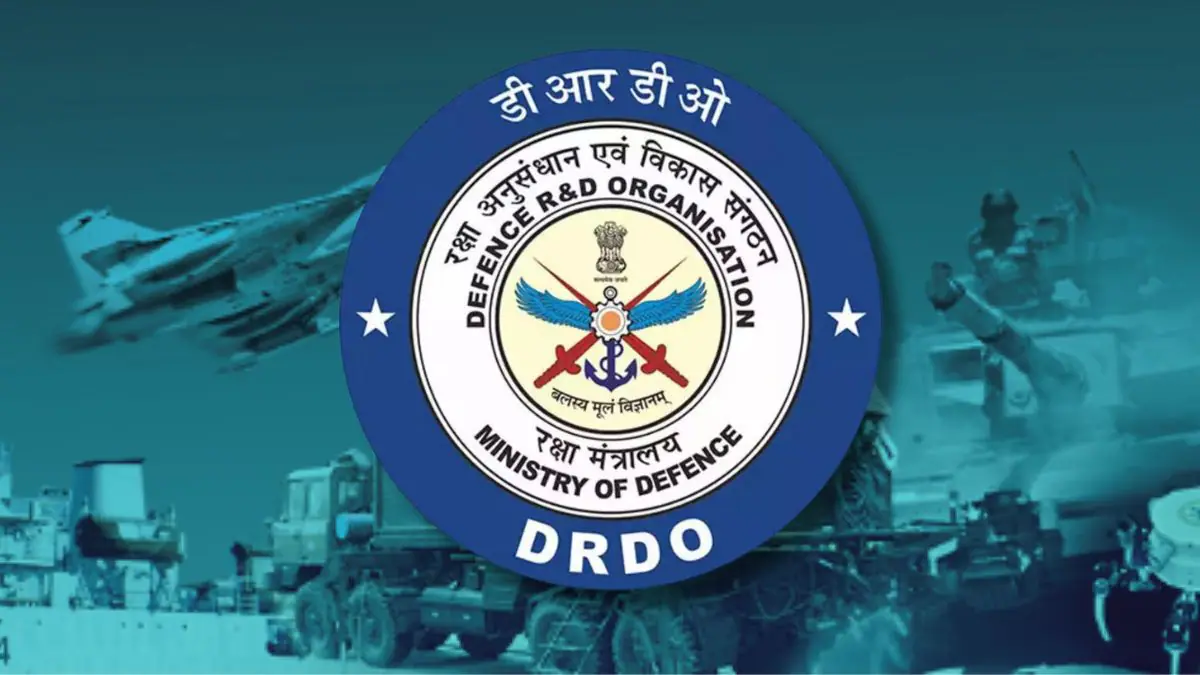
As 2024 draws to a close, the Defence Research and Development Organisation (DRDO) of India has once again proven its mettle in advancing the nation’s defense capabilities. From pioneering missile systems to cutting-edge propulsion technologies, here are some of the landmark achievements that have marked DRDO’s year:
Continue readingSOURCE: AFI
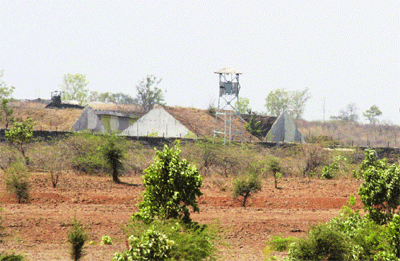
The Indian Army has embarked on an ambitious initiative to modernize its ordnance depots, which are critical for maintaining the supply chain of military equipment and materials. This modernization drive aims to update the ageing and often dilapidated infrastructure of these facilities and introduce state-of-the-art inventory management practices.
These facilities operate under the Directorate General Ordnance Services (DGOS) at Army Headquarters, which oversees their operations and ensures their alignment with the Army’s logistical requirements.
Continue readingSOURCE: RAUNAK KUNDE / NEWS BEAT / IDRW.ORG
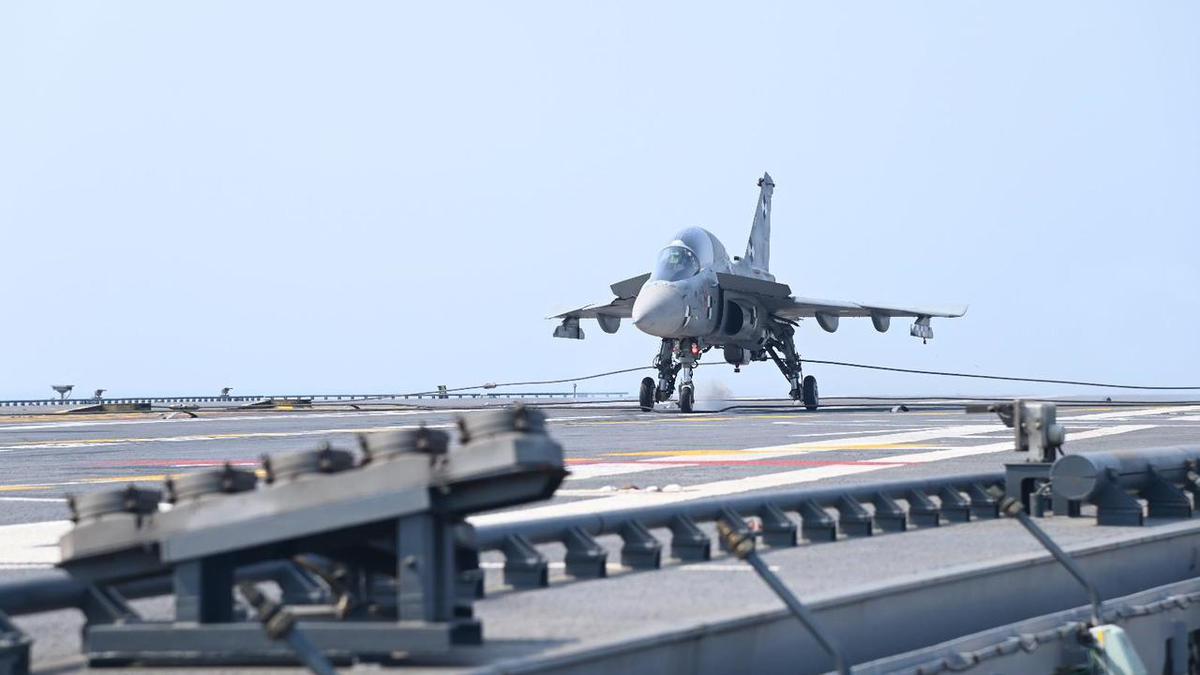
The Indian Navy’s ambition to procure 12 LCA-Navy Trainer aircraft for deck-based training of its fighter pilots is encountering delays, as per insights shared by a naval official with idrw.org. The primary reason for this delay is the Navy’s insistence on the Aeronautical Development Agency (ADA) completing rigorous testing and finalizing the configuration of the aircraft before it can be cleared for production, even in limited numbers.
ADA has so far manufactured three LCA-Navy aircraft, including two trainers and one single-seater variant. These have been employed as technology demonstrators (TD) for the Twin Engine Deck-Based Fighter (TEDBF) program. They are instrumental in collecting crucial data and validating systems and features demanded by the Indian Navy for carrier operations.
Continue readingSOURCE: RAUNAK KUNDE / NEWS BEAT / IDRW.ORG

In a recent statement to idrw.org, an official from Saab India outlined the possibility of coexistence between the Gripen-E and India’s indigenous Tejas MkII within the Indian Air Force (IAF), particularly in light of the upcoming Multi-Role Fighter Aircraft (MRFA) tender for 110 jets. This perspective comes at a time when many defence analysts argue that acquiring the Gripen-E might lead to unnecessary duplication of fleet capabilities.
The Gripen-E and Tejas MkII fall into the same weight class, with the Gripen-E having a Maximum Take-Off Weight (MTOW) of 16.5 tons and the Tejas MkII slightly higher at 17.5 tons. This similarity has sparked debates regarding the strategic necessity of purchasing the Gripen-E when India is actively developing its advanced fighter, the Tejas MkII, which offers marginally better range, endurance, and weapons-carrying capacity.
Continue readingSOURCE: RAUNAK KUNDE / NEWS BEAT / IDRW.ORG
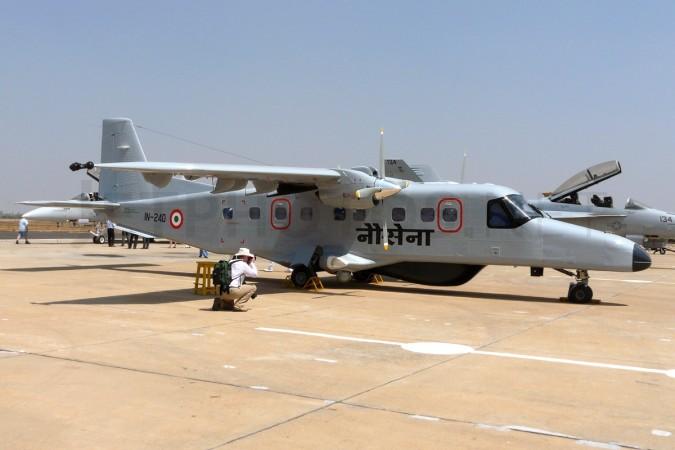
In a move to strengthen bilateral defence cooperation and expand its footprint in the global defence market, India has proposed its domestically manufactured Dornier 228 aircraft to meet the operational requirements of the Malaysian Coast Guard. This offer not only includes the sale of the aircraft but also encompasses the establishment of maintenance facilities and the transfer of technology, highlighting India’s commitment to fostering long-term partnerships.
The Dornier 228, a twin-turboprop STOL (Short Takeoff and Landing) utility aircraft, has been a significant asset for the Indian Coast Guard, Indian Navy, and Air Force, primarily used for maritime patrol, search and rescue, and surveillance operations. Manufactured by Hindustan Aeronautics Limited (HAL) under license from its German origins, this aircraft has proven its reliability and versatility across various terrains and climates.
Continue readingSOURCE: AFI

In a groundbreaking development for defense technology, Larsen & Toubro (L&T), one of India’s leading conglomerates, has embarked on a collaborative journey with Amrita University (Amrita Vishwa Vidyapeetham) to develop a lightweight bulletproof material. This partnership aims to revolutionize the materials used in protective gear and armor for various defense applications.
L&T, renowned for its engineering prowess and commitment to technological innovation, has joined forces with Amrita University, which brings its expertise in research and development within the realms of science and engineering. This synergy is expected to yield a material that not only offers superior protection but also reduces the weight burden traditionally associated with bulletproof solutions.
Continue readingSOURCE: AFI
In the midst of Cold War tensions, an extraordinary event unfolded at the Paris Air Show that would be remembered for decades as a symbol of camaraderie transcending geopolitical divides. The legendary SR-71 Blackbird crew from the United States, led by Captain Steve Gisinc and Major Jim Greenwood, met with the Soviet Union’s Su-27 Flanker pilots in an encounter that was as unexpected as it was historic.
The SR-71 Blackbird, known for its unmatched speed and reconnaissance capabilities, was represented by pilots deployed from RAF Mildenhall in the UK. On the other side, Victor Pugachev, a celebrated Soviet test pilot, was showcasing the agility of the Su-27 with maneuvers like the “Cobra,” which left audiences in awe of its capabilities.
Continue readingSOURCE: AFI

The recent India-Thailand Defence Industry Seminar marked a pivotal moment for defense collaboration between the two nations. The event, attended by key defense industry players, diplomats, and military officials, not only facilitated discussions but also showcased the technological prowess of India through a special mini-exhibition.
The seminar, held in the vibrant capital of Thailand, saw the participation of representatives from ten major Indian defense companies. This gathering was an important platform to discuss potential collaborations in defense technology, manufacturing, and security solutions.
Continue readingSOURCE: IDRW.ORG
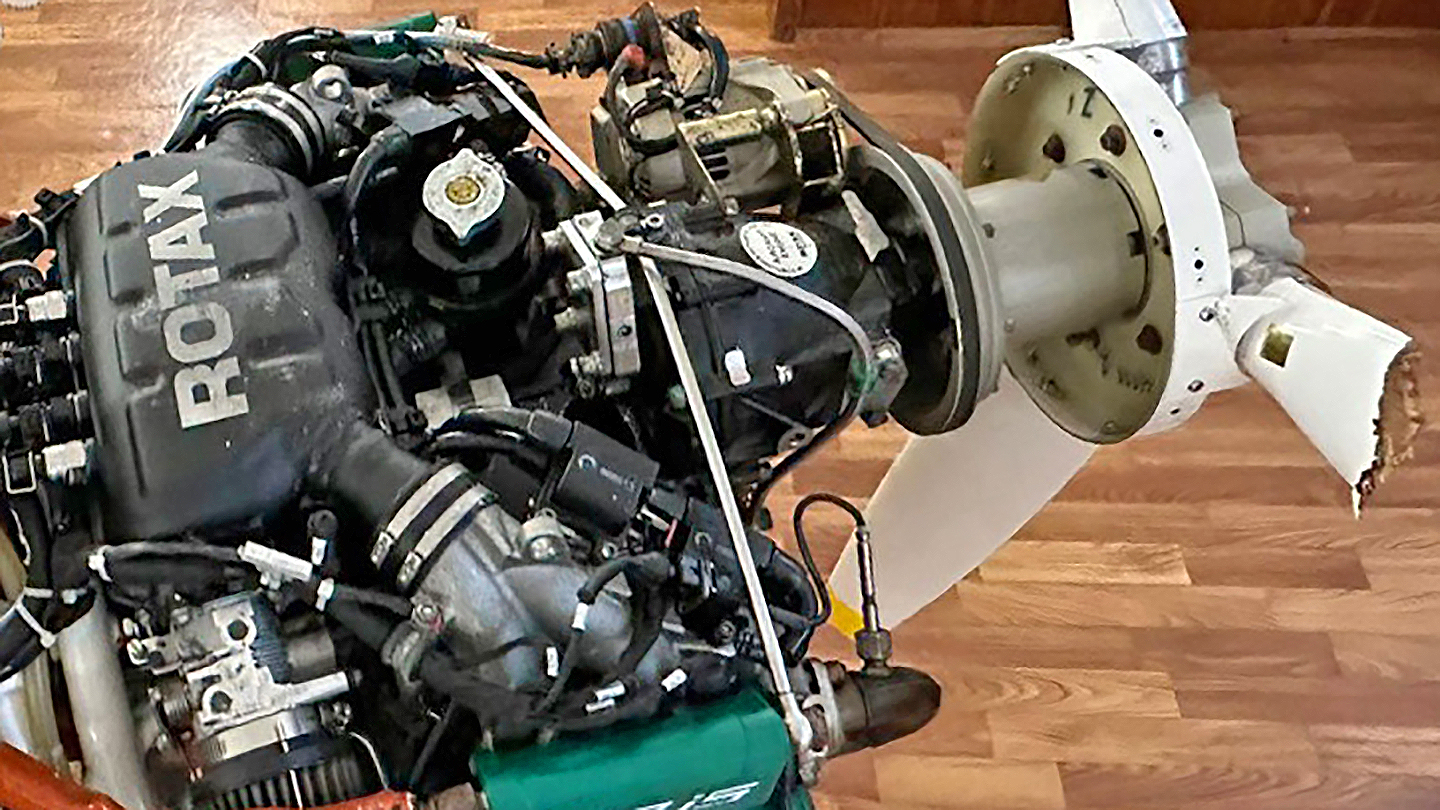
BRP-Rotax GmbH has moved to clarify recent speculations and reports suggesting that its aircraft business had been sold to a Chinese company. In a statement to idrw.org, the company firmly stated, “The aircraft business of ROTAX is still a part of BRP-ROTAX GmbH and as such belongs to the BRP corporation.”
This clarification comes in response to misinformation circulating in various media outlets, which had incorrectly reported a change to Chinese ownership. BRP-Rotax GmbH emphasized the importance of accurate reporting due to the potential impact on both customers and shareholders.
Continue readingSOURCE: AFI

The Indian Army is on the cusp of a significant leap in artillery capabilities with the development of the Pinaka III rocket system, which promises to extend its reach to 120 kilometers. This advancement, spearheaded by the Defence Research and Development Organisation (DRDO), is set to surpass the current 90-kilometer range of the Russian-origin Smerch system, potentially altering the strategic landscape for India’s ground forces.
During his annual press conference, Army Chief General Upendra Dwivedi shed light on the future of the Pinaka system. He confirmed that the DRDO is actively working on enhancing the range of the Pinaka rockets. “If the extended-range ammunition meets our requirements, we may not need other long-range systems. Pinaka could become our primary focus,” General Dwivedi stated, indicating a shift towards indigenous solutions for long-range artillery needs.
Continue readingSOURCE: AFI

The Indian Navy’s MiG-29K, a pivotal asset in its naval air arm, is set to make a significant debut at the Aero India 2025 air show, scheduled to run from February 10 to 14 at the Yelahanka Air Force Station. This year, the MiG-29K will not only be a part of the static display but will also showcase its recent upgrades, highlighting advancements in its armament and avionics suite.
The MiG-29K, known as the backbone of the Indian Naval Air Arm, has been instrumental in extending India’s maritime air power, particularly since its induction in 2010. Its capacity to operate from aircraft carriers like INS Vikramaditya and the newly commissioned INS Vikrant underscores its strategic importance.
Continue readingSOURCE: AFI
In the complex strategic landscape of the Indian Ocean Region, the Indian Navy faces the continuous challenge of maintaining maritime dominance while ensuring national security. A critical decision in this context revolves around the allocation of resources between nuclear submarines and aircraft carriers. Here’s a detailed examination of why the Indian Navy should prioritize investment in nuclear submarines over aircraft carriers.
Nuclear-powered submarines (SSNs) offer unmatched strategic advantages, particularly in terms of deterrence. Unlike aircraft carriers, nuclear submarines can remain submerged for months, providing stealth capabilities that are essential for both defensive and offensive operations. They serve as a key component of a nation’s nuclear triad, ensuring a second-strike capability that is vital under India’s “no first use” nuclear policy. This deterrence is not just about nuclear warfare but also about maintaining a credible threat perception among adversaries.
Continue readingSOURCE: AFI

In a display of strategic might and precision, the Indian Army’s Western Command has successfully executed a test launch of BrahMos missiles during a military exercise. The event, observed by senior military officials including the Commander-in-Chief of the Andaman and Nicobar Command and the General Officer Commanding (GOC) of the Kharga Corps, showcased the formidable capabilities of the Indian armed forces.
The exercise was not just a routine test but a significant demonstration of India’s readiness and technological prowess in missile warfare. The BrahMos missile, known for its supersonic speed and pinpoint accuracy, was launched in a salvo, highlighting the system’s ability to engage multiple targets with devastating efficiency.
Continue readingSOURCE: AFI

The Pakistan Air Force (PAF) is set to redefine its aerial combat capabilities with the upcoming JF-17 Block 4, part of the ambitious PF-X (Pakistan Fighter Experimental) program. Slated for a debut in 2028, this project signifies a significant evolution from the baseline JF-17 Thunder, which has been a cornerstone of PAF’s fleet since its induction.
Originally designed in collaboration with China’s Chengdu Aircraft Industry Corporation, the JF-17 Thunder has seen several upgrades, each enhancing its combat effectiveness. A few years ago, proposals emerged for the JF-17.7 and JF-20, envisioned as advanced variants.
Continue reading